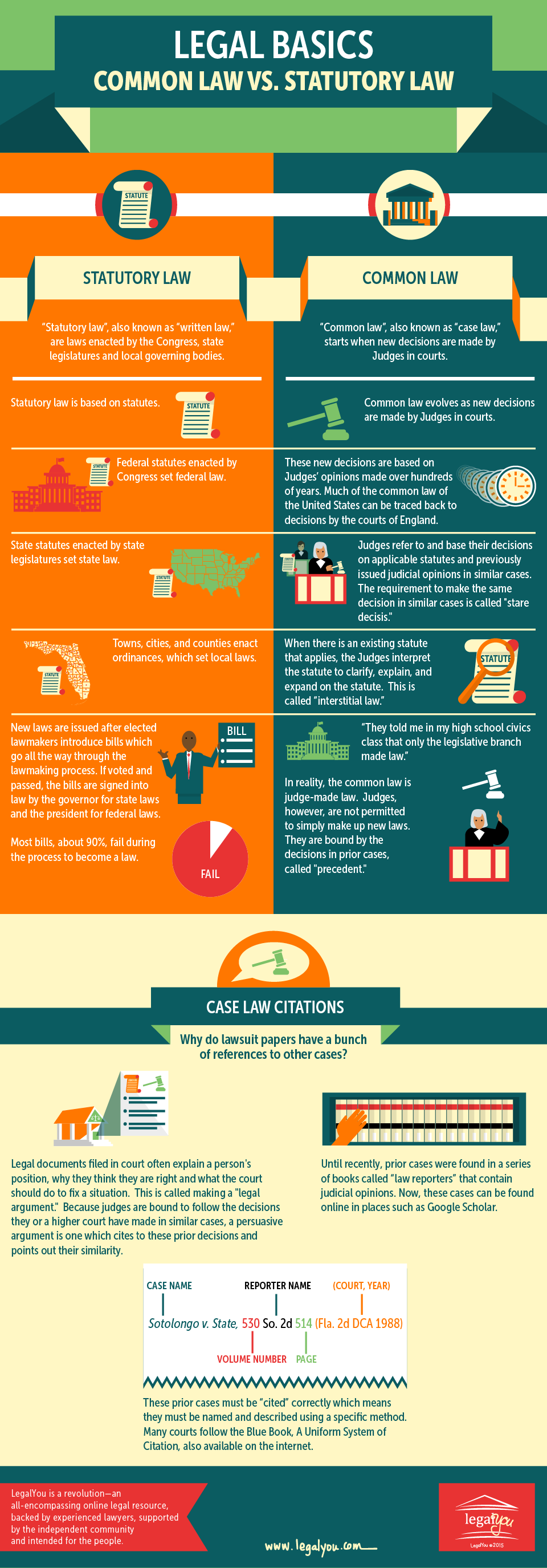An Introduction Of The Criminal Trial Refine: A Thorough Step-By-Step Guide
An Introduction Of The Criminal Trial Refine: A Thorough Step-By-Step Guide
Blog Article
Content Written By-Kincaid Thompson
When you step into a criminal test, you might be amazed by the organized process that unravels. All of it starts with jury choice, where potential jurors are inspected for biases through a technique called "voir dire." Afterwards, both sides offer their opening declarations, establishing the stage for the proof and testimonies to comply with. You'll see how the prosecution and defense develop their instances, but what occurs next can significantly affect the outcome. Understanding these stages can reveal the intricacies of justice, however there's more to reveal concerning the critical moments that follow.
Jury Option Refine
When it pertains to the court selection procedure, you're diving into a critical phase of a criminal test. This procedure, commonly called "voir dire," entails doubting possible jurors to ensure they're honest and capable of providing a reasonable decision.
You'll see both the prosecution and defense attorneys getting involved proactively, each aiming to choose jurors that line up with their situation's narrative.
Throughout voir dire, you'll discover that lawyers ask concerns concerning jurors' histories, ideas, and experiences. Their goal is to determine any type of pre-existing prejudices that might influence a juror's decision. As a juror, you may really feel a mix of anxiousness and interest, yet your sincerity is crucial.
After examining, attorneys can challenge particular jurors for cause if they think a juror can not remain impartial. They can likewise utilize a limited variety of peremptory challenges to reject jurors without mentioning a factor.
Test Phases Explained
The phases of a criminal trial play a crucial function in making sure a fair and structured process.
You'll first run into the opening declarations, where both the prosecution and defense describe their situations. This establishes the stage for what's to come.
Next, the prosecution provides its proof and witnesses, aiming to verify the accused's sense of guilt beyond an affordable uncertainty. You'll see direct exam complied with by cross-examination, allowing both sides to challenge the presented info.
After the prosecution relaxes its situation, it's the defense's turn. They'll offer their evidence and witnesses, commonly concentrating on developing sensible question. You'll discover that the protection does not need to show virtue; they just need to test the prosecution's situation.
Once both sides have provided their debates, you'll listen to closing statements, where each party summarizes their situation. This is critical as it enhances their placements before the court deliberates.
Throughout these stages, the court makes certain that the test adheres to legal standards which the civil liberties of both celebrations are secured.
Recognizing these phases will help you appreciate the intricacies involved in a criminal trial and the significance of each action in the pursuit of justice.
Decision and Punishing
Besides evidence has existed and debates made, the jury or judge delivers a judgment, determining the defendant's regret or virtue. If you belong to the court, you'll ponder with your other jurors, reviewing the proof and your impacts. https://docs.google.com/spreadsheets/d/1tpQ9BKDye24_cXleajOXYq8UbnJpPQwHpiOmx-wXG1Y/edit#gid=1610387252 can take time, as you'll want to make sure everybody agrees on the decision based on the realities.
When a verdict is gotten to, it's announced in court. If the offender is condemned, the next stage is sentencing. This is when the court determines the appropriate penalty. You might observe that various aspects affect the sentence, such as the intensity of the criminal activity, the accused's past record, and any mitigating scenarios.
The court might impose a series of sentences, from fines and community service to imprisonment. Sometimes, the defense or prosecution can offer arguments pertaining to sentencing, attempting to sway the judge's decision.
If the offender is found not guilty, they're acquitted, and no penalty follows. Keep in mind that a guilty judgment can typically result in allures, where the accused might test the decision or the sentence enforced.
Conclusion
In a criminal test, you've seen how vital each action is, from jury choice to the final judgment. You have actually followed the prosecution and protection as they develop their cases, intending to convince the court. As soon as visit the up coming post completes, the decision determines the end result, and if the defendant is condemned, the sentencing phase starts. Understanding click here now assists you appreciate the intricacies of the justice system and the relevance of each role in guaranteeing a fair test.
